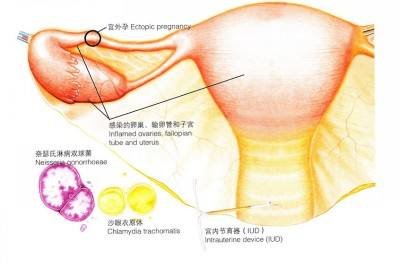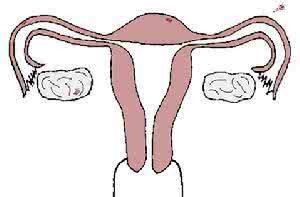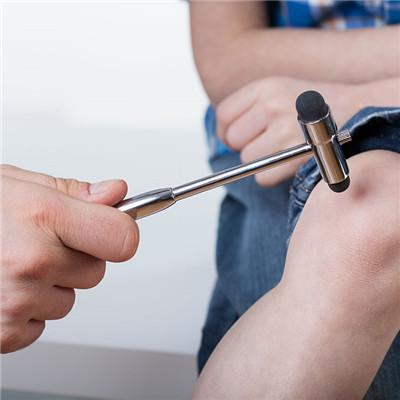What causes endometrial hyperplasia?
summary
Endometrium is a layer of mucosal tissue that constitutes the inner wall of the uterus, so endometrium is also known as uterine mucosa. Endometrium usually changes periodically due to the action of estrogen and progesterone. General estrogen is to promote endometrial hyperplasia, thickening, during which ovulation begins. After ovulation, the residual dominant follicles turn into corpus luteum, thus releasing progesterone. Progesterone promotes endometrial decidua like change to prepare for pregnancy. If there is no embryo implantation after two weeks, progesterone will appear, and estrogen will drop sharply, which will lead to endometrial shedding and menstruation. This is a normal change in the endometrium, and if there is a problem with one of them, there may be a female problem.
What causes endometrial hyperplasia?
We want to talk about today's endometrial hyperplasia is due to changes in the endometrium in a certain change problems, resulting in the emergence of this disease. Endometrial hyperplasia is a common thickening of the endometrium, which is caused by excessive estrogen, while progesterone is too low to make the endometrial decidua change. It is because a single estrogen, whether endogenous estrogen or exogenous estrogen, leads to hormone imbalance in the body, resulting in endometrial hyperplasia, which is called endometrial hyperplasia.

In general, many women come to the hospital for treatment mainly for irregular vaginal bleeding, abnormal menstrual cycle, amenorrhea, excessive menstruation or infertility. The endometrial thickness, ovarian anovulation and other conditions are found by B-ultrasound. The further diagnosis needs to be made by diagnostic curettage or hysteroscopy, Or negative pressure aspiration after the pathological examination can be diagnosed.

Because of the requirements of endometrial hyperplasia, adolescent girls, perimenopausal women, or women with hypothalamic pituitary ovarian axis disorder and polycystic ovary syndrome are more likely to suffer from endometrial hyperplasia, because these women do not ovulate, and let the endometrium in the role of estrogen for a long time, without progesterone antagonism. There are also some postmenopausal women receiving estrogen replacement therapy or women with advanced breast cancer, which is caused by excessive exogenous estrogen.

matters needing attention
Because endometrial hyperplasia has a certain possibility of malignant transformation, once suspected of endometrial hyperplasia, then it is necessary to actively carry out pathological examination, clear the type of endometrial hyperplasia, and carry out relevant treatment. If it is simple hyperplasia, then it is not necessary to worry, and follow-up can be carried out on time.














